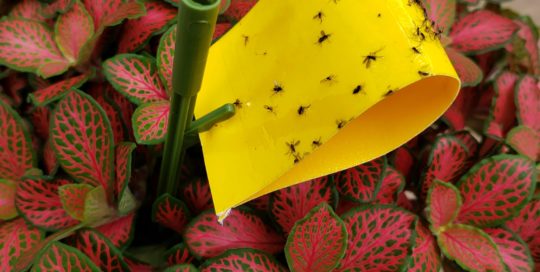What To Do When You Inherit A Houseplant
Views: 2095
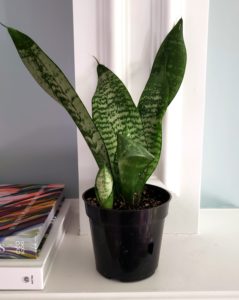
I just inherited eighteen houseplants. What an honor, but also a bittersweet project. My mother-in-law recently passed away and I have adopted her plant collection. Towards the end of her life, my mother-in-law wasn’t able to care for them the way she would have wanted to. Her plants went weeks without water or proper care. Scraggly and neglected, they arrived at my door and I couldn’t get to each one fast enough. Ideally, we inherit robust healthy houseplants, but when given struggling plants, there are a few things to consider. Here’s what to do when you inherit a houseplant.
Consider Their Growing Environment
Think about the atmosphere your newly inherited plant came from. What type of light did the plant receive? Did it live in the same spot for years or was it moved around? Was it exposed to heating vents, or did it live in a humid environment? This information will help you recreate a similar growing environment, or at least a more smooth transition. If the plant lived in west-facing, afternoon sunlight for years, choose a west-facing window in your own home to replicate its rhythm. My mother-in-law’s plants sat in front of glass doors where they received west-facing sunlight. When I brought them inside my home, I avoided placing them in an east-facing window, even though I had a similar glass door.
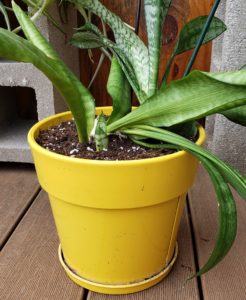
Light-deprived Sansevieria
Provide A Gradual Transition
If you inherit a plant with several issues, prioritize your to-do list. Does the plant need water, light, or a new pot first? Gently start to improve the plant one issue at a time. Attend to the most urgent problems first, then give the plant time to adjust. Several of the plants I inherited needed immediate attention. Some were decades old, root bound and dehydrated. I wanted to pull them out of their pots and save them as soon as I could, but I waited. The stress of a transfer is enough alone. I watered them first and let them settle before pulling them apart.
Mind The Details
If you see something suspicious, get to the bottom of it. Limp or spotted leaves often stem from issues beneath the soil line, so if you don’t know the plant’s care history, start over from scratch. I couldn’t figure out why a few of my mother-in-law’s pothos looked dull. I took them out of their pots and found the culprit – mold. A fuzzy, white mold grew between the pot and the soil. I washed them to a bare root state then repotted them in high quality soil with extra perlite for aeration. Mind the details, so they don’t turn into bigger problems. Dust leaves, cut back unhealthy sections, remove unwanted calcification from pots, and fertilize.
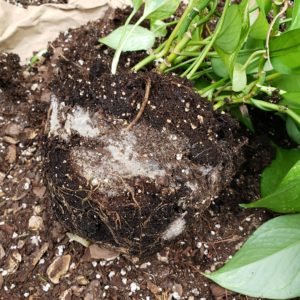
Mold Beneath The Soil Line
Plants With History Mean More
Like people, houseplants become more meaningful to us as they age. My mother-in-law’s plants weren’t perfect, but they meant a lot to her. Each one had a story. Repotted and restored, they have a new start and will always carry sweet memories of how she loved them.
Meet Paula Palma
Paula has a teaching background in pilates, yoga, and meditation. She is currently studying biology as a prerequisite for further education. One of her favorite…
Paula's Recent Posts
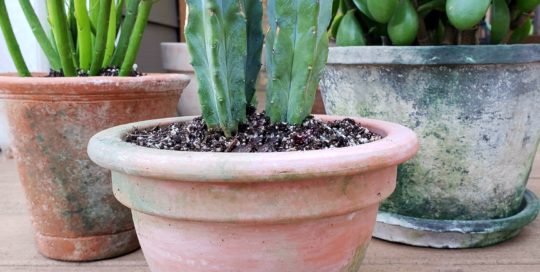
Make Your Own Rustic Pot
